Requires Prescription: Yes
Generics: Famotidine
Used For: Acidity & Ulcers
How it Works: Famotidine reduces stomach acid production, alleviating pain and aiding in the healing of ulcers.
Usage and Safety:
Dosage: Follow the dosage instructions provided by your healthcare provider.
Side Effects:
Common: Headache, dizziness, diarrhea, constipation, nausea, vomiting, abdominal discomfort, dry mouth.
Less Common: Fever, fatigue, irregular or rapid heartbeat, palpitations, muscle pain, cramps, joint pain, hallucinations, confusion, agitation, depression, anxiety, insomnia, tingling in extremities, decreased libido, seizures, breathing difficulties, tinnitus, taste disorders.
Drug Interactions: May interact with ketoconazole, itraconazole, probenecid, sucralfate, warfarin, theophylline, phenytoin, diazepam, propranolol, aminopyrine, antipyrine, indocyanine, and atazanavir
Indication:
Treatment of stomach and duodenal ulcers and prevention of their recurrence.
Treatment of Zollinger-Ellison Syndrome, a condition of excessive stomach acid production.
When Not to Use: Avoid if you have an allergy to famotidine or any of its components. Symptoms of an allergic reaction may include shortness of breath, swelling of the face or tongue, skin rash, and itching.
Precautions:
For patients with duodenal or benign gastric ulcers, test for H. pylori infection. Eradication therapy should be considered if H. pylori is present.
Warnings:
Do not discontinue the medication without your doctor’s advice, even if you feel better.
Avoid use in patients with a history of hypersensitivity to other H2-receptor antagonists due to potential cross-sensitivity.
Use with caution in patients with renal insufficiency; dosage adjustment may be necessary if creatinine clearance is below 10 ml/min.
Additional Information:
Pregnancy Category: Consult your physician before use during pregnancy.
Storage: Store at room temperature, away from direct light and heat.


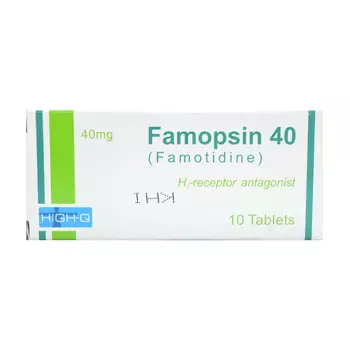





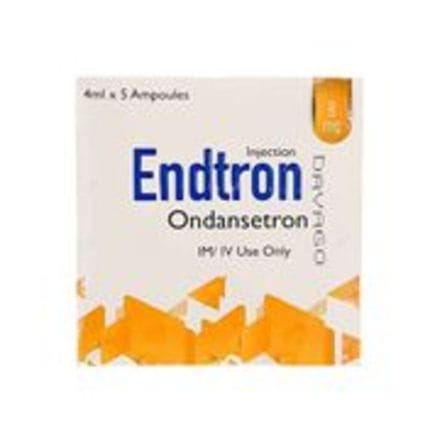
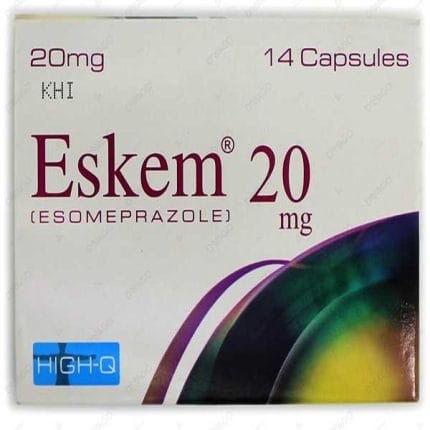



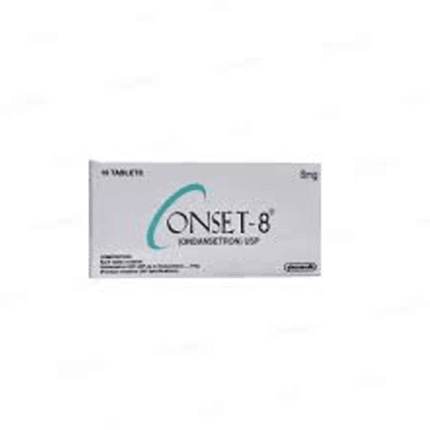
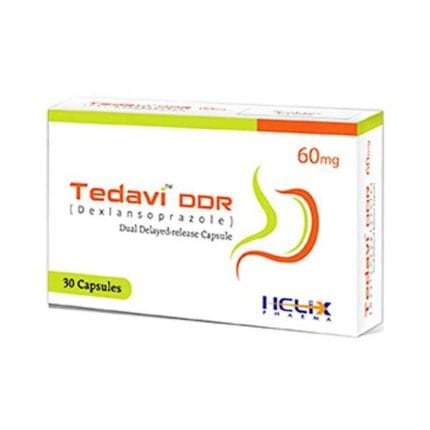








Reviews
There are no reviews yet.